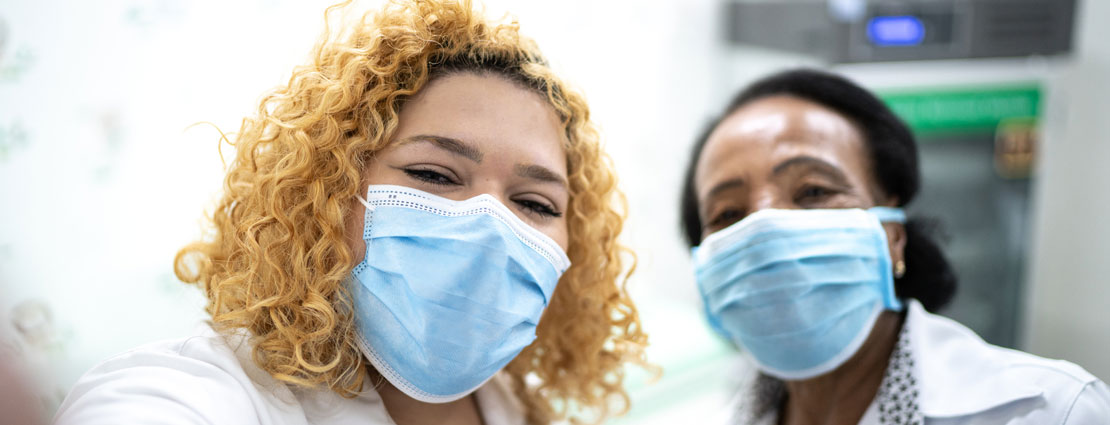Gratitude matters

Positively impacting the patients and families we serve
Philanthropy, defined as the love of humankind, positively impacts the patients and families we serve. Our philanthropy team works with those who wish to share this love of humankind and express gratitude.
As a not-for-profit healthcare organization, we recognize the positive impact expressions of gratitude can have during a care experience. We are honored to partner with you in expressing your gratitude—whether that be through honoring a caregiver, sharing your story, or making a philanthropic gift.
Gratitude matters to you and to us.
How to give
Stories of gratitude
Gratitude is expressed all across MedStar Health—from our friends, families, caregivers, community, and patients. Hear their stories and read their expressions of gratitude.
Expressing gratitude with kind words
-Lanetta G.
-Peter H.
Strengthening the community through a meaningful expression of gratitude

Medical/Surgical Pavilion at MedStar Georgetown University Hospital
The Pavilion will support cutting-edge advancements in medical technology and our focus on providing exceptional care in the areas of transplant, orthopaedics, neurosciences, and surgical services.
Support our efforts

Partner with us
We have a variety of philanthropic campaigns and initiatives throughout our hospitals and health services.
Business Philanthropy Program
The Business Philanthropy Program is a coalition of corporations and foundations that support the mission of MedStar Health through philanthropic engagement and ongoing dialogue.
The philanthropy executive team
We invite you to meet the philanthropy executive team at MedStar Health. Our team looks forward to partnering with you.
Donor Bill of Rights
To ensure that philanthropy has the respect and trust of the general public and that donors have full confidence in our non-profit organization, we invite you to view our Donor Bill of Rights.
Questions? Contact us at philanthropy@medstar.net or call 410-772-6735.










